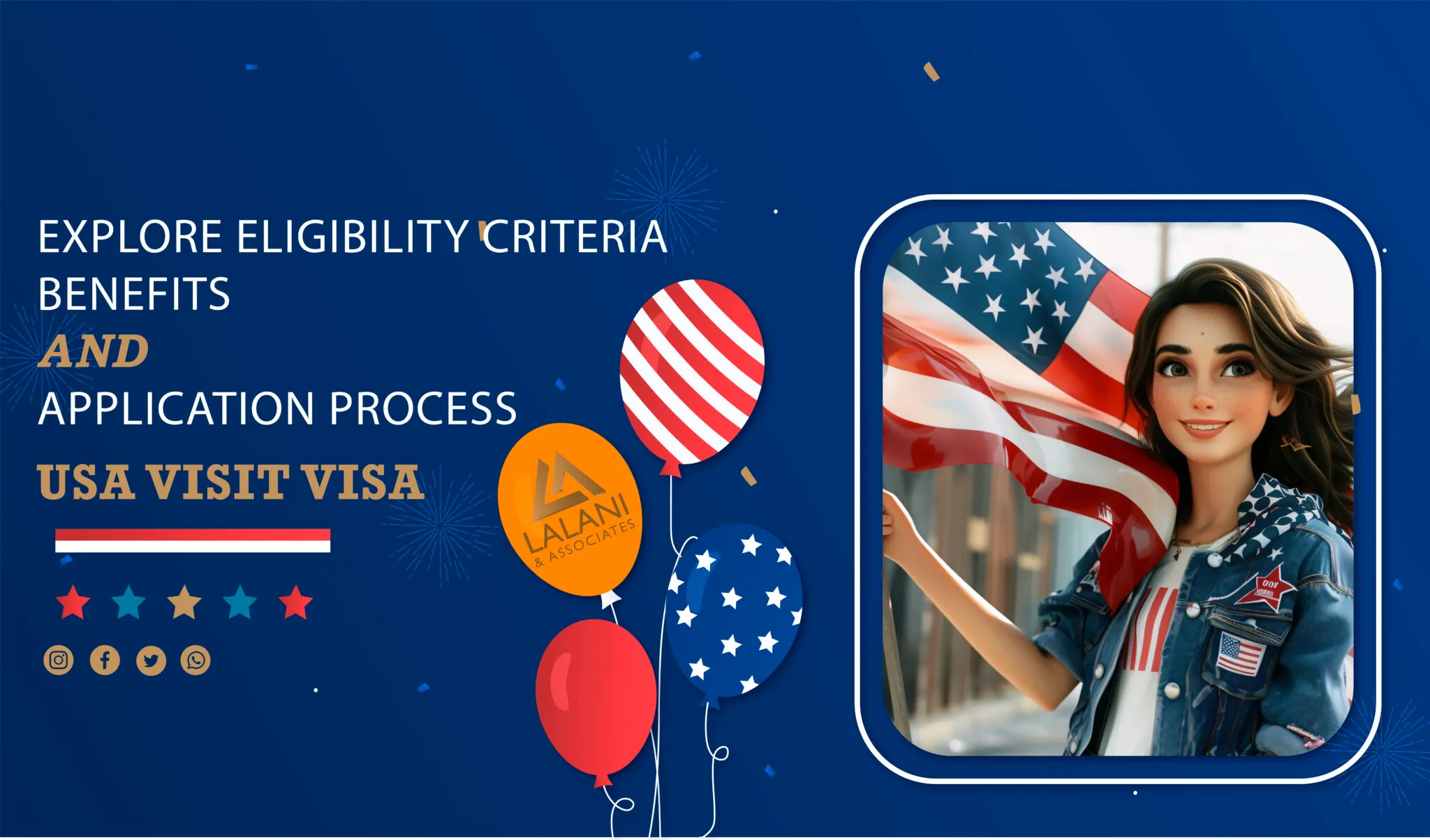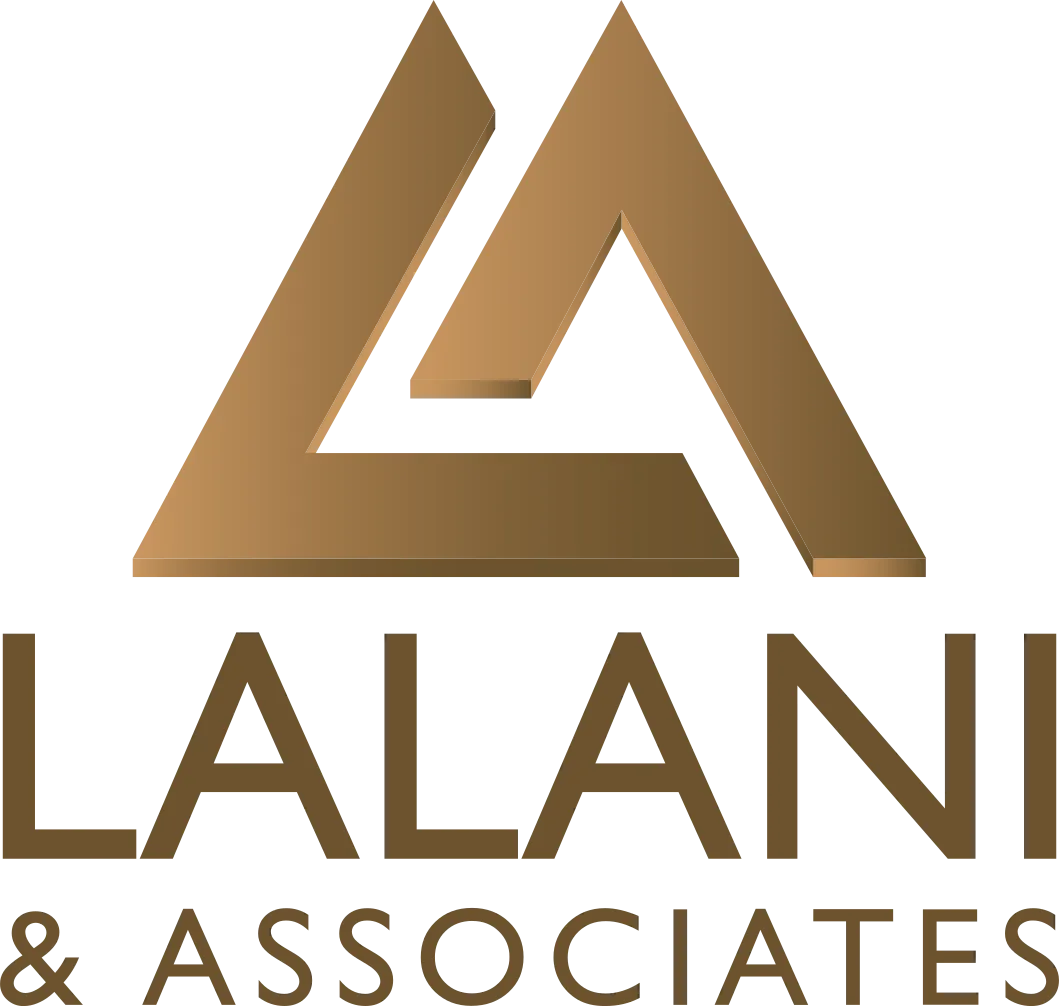
Whether traveling to the US for business, pleasure, or education, it’s important to know the many visa options and how to apply for them. We’ll get deep into the realm of USA visit visa in this post, and we’ll walk you through every step to ensure a seamless application procedure.
A USA Temporary Resident Visa: What Is It?
For those who want to stay in the country for a set amount of time, a USA Temporary Residence Visa—also referred to as a non-immigrant visa—is required. These visas enable non-citizens to temporarily live in the nation for a variety of reasons, such as travel, employment, and study.
Types of USA Temporary Residence Visas
There are various kinds of temporary residency visas available in the US. The most common ones include:
Tourist Visa: For those traveling for leisure.
Workers in the United States may apply for a work visa.
Student Visa: For students pursuing education in the U.S
Tourist Visa (B-1/B-2)
Purpose and Use Cases: While the B-2 visa is intended for tourists, family visits, or medical treatment, the B-1 visa is intended for business visitors attending conferences or negotiating contracts.
Eligibility Criteria:
It must be a brief visit for either business or pleasure.
Sufficient funds to cover expenses.
strong ties to your nation of origin.
Application Process:
Fill out Form DS-160, the online visa application.
Make an interview appointment with the American consulate or embassy.
Gather required documents, including your passport, photo, and proof of ties to your home country.
Attend the interview and provide honest answers to the questions.
Duration and Limitations: Typically valid for up to 6 months, with the option of extension in some instances.
Work Visa Different Categories:
H-1B: For specialized workers.
L-1: For intra-company transferees.
O-1: For individuals with extraordinary abilities.
Eligibility and Requirements:
A job offer from a U.S. employer.
Proof of qualifications.
Labor Condition Application (LCA) approval for certain visas.
Application Process:
Employer files a petition with USA Citizenship and Immigration Services (USCIS).
Complete the visa application process and attend an interview.
Duration and Conditions: Varies by visa type, usually between 1 to 3 years, with extensions available.
Student Visa (F-1)
Purpose and Benefits: For international students attending academic institutions or language training programs.
Eligibility Criteria:
Acceptance from a Student Exchange Visitor Program (SEVP)-certified school.
Sufficient financial resources.
Proof of English proficiency (TOEFL or IELTS).
Application Process:
Obtain Form I-20 from your school.
Pay the SEVIS fee.
Complete the DS-160 form.
Schedule and attend a visa interview.
Duration and Conditions: Valid for the duration of your study program, with possible extensions for practical training.

How to Apply for a USA Temporary Residence Visa Step-by-Step Guide:
Determine the sort of visa you need.
Complete the online application (DS-160).
Schedule your visa interview.
Pay the visa application fee.
Gather necessary documents (passport, photo, financial evidence, etc.).
Attend the visa interview.
Required Documentation:
Valid passport.
Visa application confirmation page.
Receipt of visa fee payment.
Photo that meets U.S. visa requirements.
Supporting documents (financial proof, ties to home country, etc.).
Common Mistakes to Avoid:
Providing incomplete or inaccurate information.
Failing to demonstrate ties to your home country.
Overlooking required documentation.
Proving Ties to Your Home Country
Importance: Demonstrating ties to your home country ensures that you intend to return after your U.S. stay.
Examples of Acceptable Proof:
Property ownership.
Employment commitments.
Family relationships.
Financial assets.
The Visa Interview
What to Expect: The interview focuses on your purpose of visit, financial stability, and ties to your home country.
Advice for a Fruitful Interview:
Be honest and concise in your answers.
Dress appropriately.
Bring all required documents.
Stay calm and confident.
Visa Denials and Waivers
Common Reasons for Denial:
Incomplete application.
Insufficient financial proof.
Inadequate ties to home country.
How to Apply for a Waiver: If denied, you may be eligible for a waiver based on specific grounds. Consult with an immigration attorney for guidance.
Maintaining Your Status Responsibilities as a Visa Holder:
Abide by the visa conditions.
Avoid unauthorized employment.
Keep your documents updated.
Actions That Could Jeopardize Your Visa:
Overstaying.
Engaging in criminal activities.
Violating visa terms.
Extension and Renewal of Visas
Conditions for Extensions: Extensions are granted under specific circumstances, such as medical emergencies or extended academic programs.
Process for Renewing a Visa:
Submit a new visa application.
Attend an interview if required.
Provide updated supporting documents.
Consequences of Overstaying Your Visa Legal Implications: Overstaying can lead to deportation and a ban on future entries to the U.S.
Impact on Future Visa Applications: Overstaying may considerably harm your chances of securing future visas.
Conclusion
Obtaining a USA Temporary Residence Visa involves understanding the different types of visas, meeting eligibility requirements, and navigating the application process. By preparing thoroughly and following the guidelines, you can increase your chances of a successful visa application.

